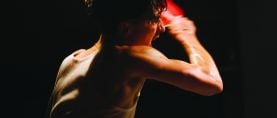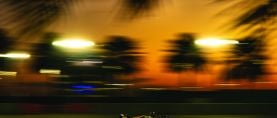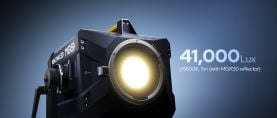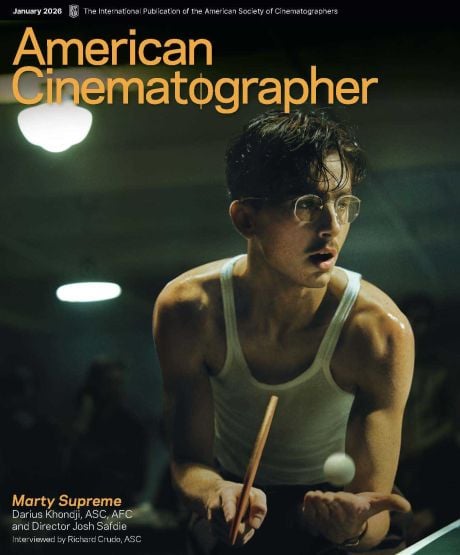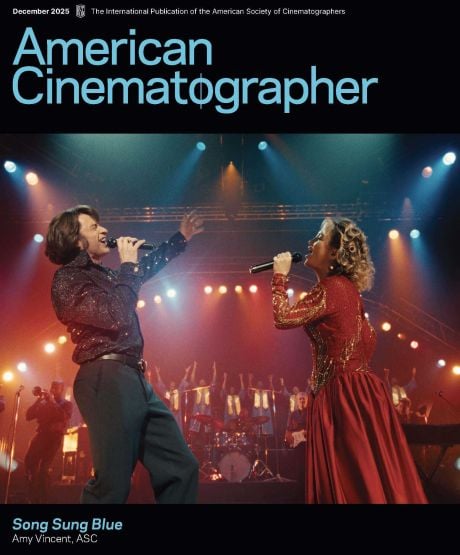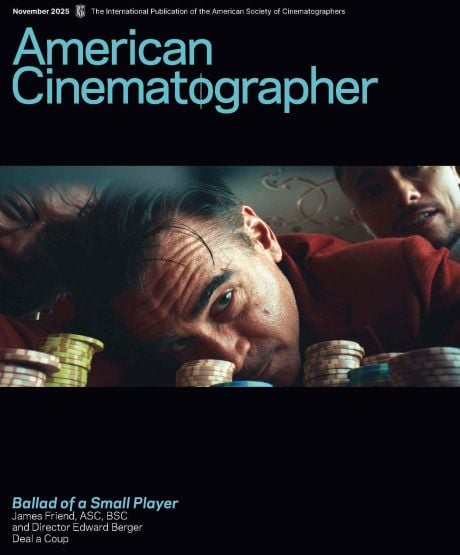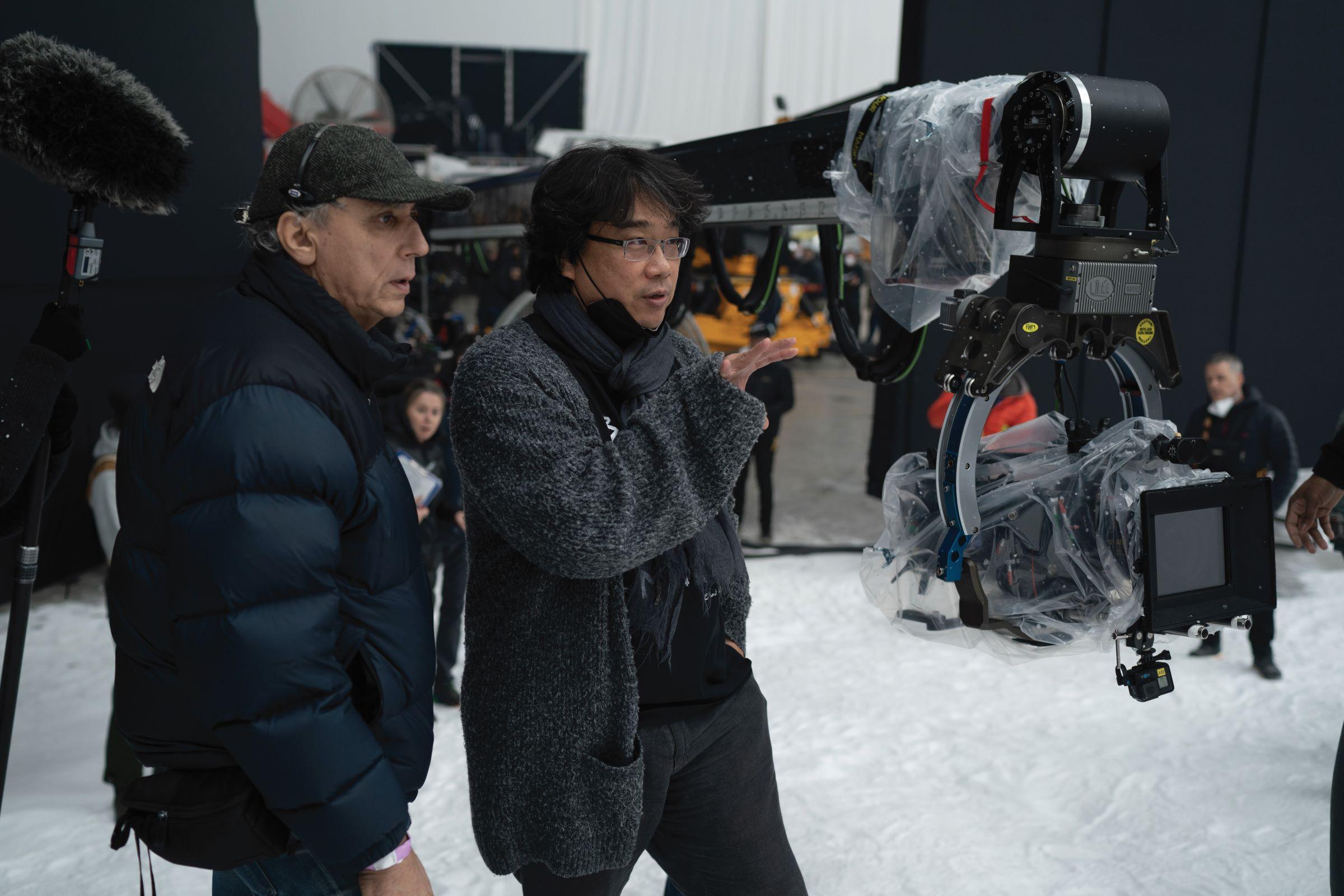
Rhythm and Tempo: Mickey 17
Director Bong Joon Ho finds harmony with Mickey 17 cinematographer Darius Khondji, ASC, AFC.
This article originally appeared in the April 2025 issue of AC.
Having such tightly planned storyboards can be both a blessing and a curse for the crew. It can feel burdensome to know that everything must be shot exactly as planned. Depending on what I request and what’s illustrated, Darius has to consider how to approach placement, movement and lighting while ensuring that everything aligns with the overall vision. I imagine it can be overwhelming at times, but I’m always grateful for how cooperative and thoughtful he is in bringing my plans to life.
“When we talk about rhythm and tempo, most people think of the editing process, but the rhythm and tempo of a scene are determined before editing even begins.”
— Bong Joon Ho
The storyboards contain the camera positions, frame sizes and movements, but when it comes to lighting — how light is interpreted within a scene — I leave that entirely to Darius. I provide the framework of composition and camera operation necessary to tell the story, and then his interpretation of lighting must work in harmony with that. To achieve this harmony, rhythm and tempo become essential. When we talk about rhythm and tempo, most people think of the editing process, but the rhythm and tempo of a scene are determined before editing even begins — it comes from the lighting, the balance of light and shadow, the lens choices, how wide or telephoto the frame is.
These elements establish 70 to 80 percent of a scene’s rhythm before we even start cutting. In the Korean film industry, it’s common practice to edit scenes while we’re shooting. Our on-set editor assembles rough cuts daily, so we can immediately see how the sequences flow and adjust as needed. Darius would sometimes check the early edits, making sure the rhythm and tempo felt right. We’d even experiment by adding temporary music to see how it influenced the pacing. Since music has its own internal rhythm, it would sometimes inspire how we approached a scene. Toward the end of production, we were shooting a scene where I made several requests about lens choices. Darius was concerned about maintaining continuity with the lens sizes we had been using.
He explained his concerns, showing me what happens when you jump between wide and telephoto lenses within a single scene, and as he demonstrated, he started humming the theme from Close Encounters of the Third Kind — his way of conveying, ‘This is a little concerning.’ Of course, I understood his reasoning, but in the end, I followed my instincts.
Darius is an incredible architect of light, and watching him work has been an absolute joy. One night scene we filmed on location, where Alan 3 [Edward Davis] commits a murder, was particularly interesting. I was eager to see how Darius would interpret the location and how he would light it. I remember watching him set up the lights, and once everything was in place, I was struck by the sheer beauty of it. He truly paints with light and shadow, creating compositions that feel like breathtaking works of art. Once he sets the lighting, I invite the actors in, and that’s when our journey begins.
